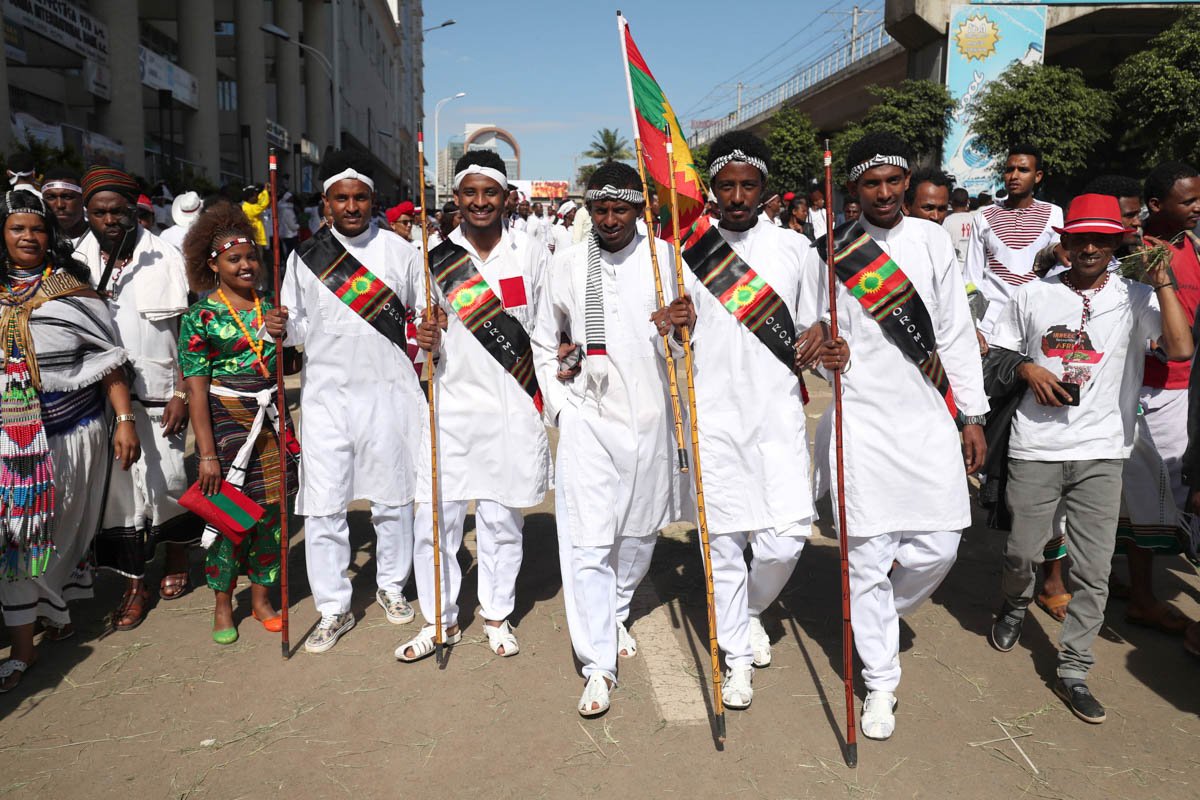
The southern part of the country and are known with their work ethic. Theirįoods are also unique and are loved by tourists. The Amhara, the Oromo and the Tigray tribes in Ethiopia makeħ5% of the whole population. The Amhara are tribes in Ethiopia living in the northwest The smallest number of tribes go as low as 10,000. In 2007, the Amhara were 27 percent of the wholeĮthiopian population. The Amhara tribe of Ethiopia has historically lived in the The biggest tourist attractions such as Lalibela exist The Amhara are known with their Amharic language andĬontribution in history. North, central and western parts of Ethiopia. The religious stories, the political stories all make these tribes in Ethiopia The church arts, the dances, the unique food, and clothing, Some historians traced the origin of these tribes ofĮthiopia to the modern-day Yemen who migrated to Wollo, in the Amhara region. The Oromo people take a third of the Ethiopian population. Have a traditional religion called Waqeffanna, and they use a unique Oromo language or Oromiffa is the language these people use. The Oromo people’s history was first documents by Ethiopian Hierarchical governance system called Gadaa. Monk Abba Bahrey, in his writing called Zenahu Le Galla, in 1593. Galla is considered derogatory and it is not used in the country. These tribes in Ethiopia are formed merging five regions andĪwassa is the capital. It was estimated that the number of populations in the region In 1994, the southern Ethiopia tribes of Ethiopia were a bit more Towns and cities in the southern Ethiopian tribes.Īlmost 90 percent of the southern Ethiopian tribes live in a Arba Minch, Hosaena, Welkite, Bonga and Dilla are some of the Gambela is in the northwest of the southern Ethiopian The southern Ethiopian tribes, border Kenya in the south,Īnd South Sudan in the southwest. In the summer, the largest group was usually the nuclear family due to the low density of food supplies. Likewise, the Great Basin tribes had no permanent settlements, although winter villages might be revisited winter after winter by the same group of families. Agriculture was not practiced within the Great Basin itself, although it was practiced in adjacent areas (modern agriculture in the Great Basin requires either large mountain reservoirs or deep artesian wells). Heavy items such as metates would be cached rather than carried from foraging area to foraging area. The use of pottery was rare due to its weight, but intricate baskets were woven for containing water, cooking food, winnowing grass seeds and storage-including the storage of pine nuts, a Paiute-Shoshone staple. This culture is characterized by the need for mobility to take advantage of seasonally available food supplies. Great Basin: aztec tanoan, "Desert Archaic" or more simply "The Desert Culture" refers to the culture of the Great Basin tribes.

Make her believe she has made it and have no need for the Black men who saved herįrom Ahmose to Toussaint to Nat Turner fighting and defeating all the barbarians who crossed to invade our sisters. but its happening in Sudan, Mauritania, West Papua and Latin America.Įthnic clensing and genocide is when they destroy or confine all the males, elevate the females and then ravage her, Photography, phallisology, accused of being warmongers promoting armageddon to bring holocausity. Pornography, warmorphology, tricknology, armageddon, religion, Walk those, mock those, their Tokyo Rose-type outtakes is cruel repitition, Talk shows, flock follows, hosts on cupcakes and jewel addiction, Iterracial rape, taking African women to the North to be bread,īiracial children calling them "Semites" when they are Africans instead,ĭinkas, Nubas and Nubians say enough of this evil and this dread, Justice, just them invading our lands and ravaging our women, War here, war there fifty years of terror in Sudan,įor there, for where, no one wants to be dragged to the ground, Great works on Aframericanism and freedom Racism and Terrorism, Rebellion and Overcoming,"īoth from and ,


 0 kommentar(er)
0 kommentar(er)
